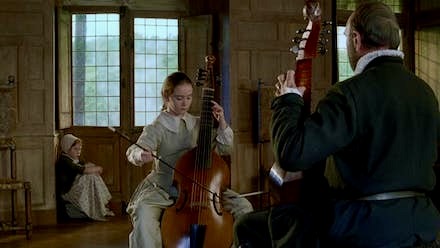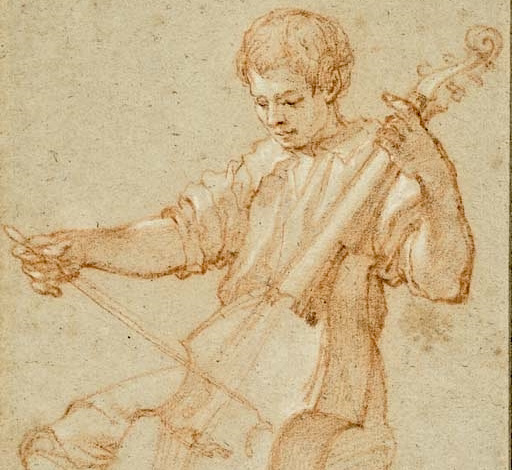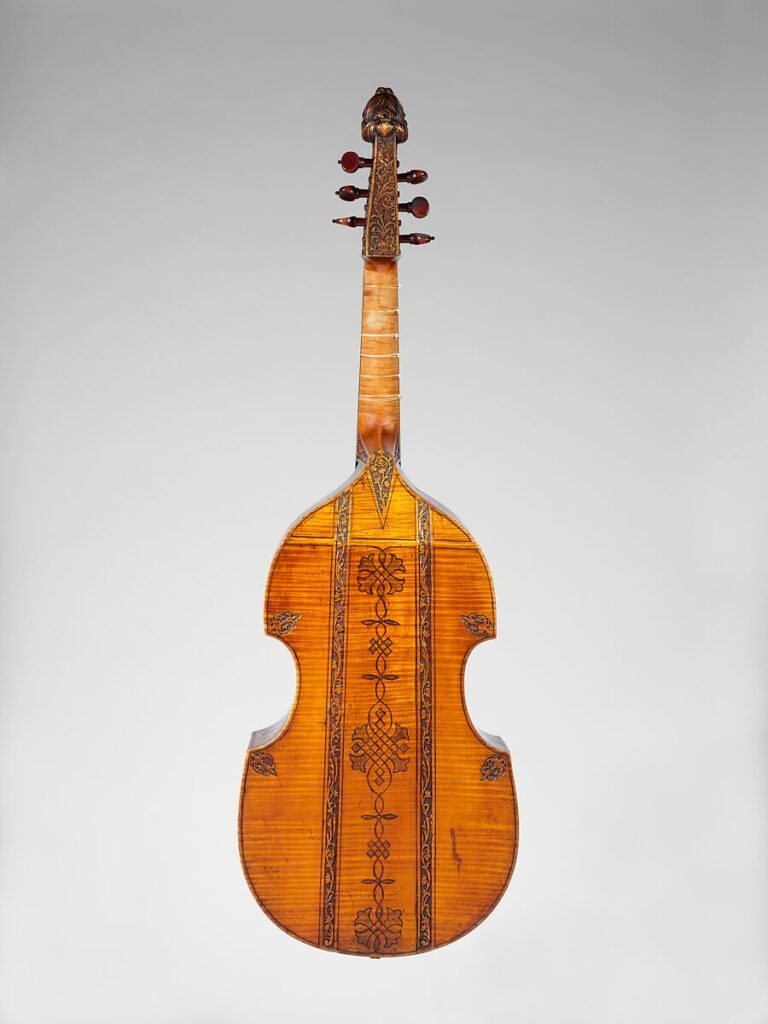The viol of the leg
As the names suggest, the viola da gamba is the viol of the leg, whereas the viola da braccio is the viol of the arm. But, while the viola da braccio was the distant ancestor of the viola in a present-day string section, the viola da gamba was not the forebear of the cello. Rather, it was part of the extended family of the lute and the guitar, having frets and six or seven strings.
I’ve come by this rather arcane knowledge fairly recently. In my novel, forthcoming next spring, I decided that one of my protagonists would be a viola da gambist. (Why? you may ask. It’s complicated!) It took me down many warrens of research that firmed up my rather loose understanding of violas da gamba up until that point.
It appears that Spanish musicians brought the ancestor of the viol to Italy towards the end of the fifteenth century, and viols developed and thrived there for the next two centuries. In the sixteenth century, Italian musicians introduced the instruments to the English court, and Henry VIII was a big fan, accumulating a large and prized collection during his lifetime. In due course, the viol was introduced into the home, and this, in turn, led to the demand for luthiers to build more and more instruments for a growing number of skilled amateur players. In the second half of the seventeenth century, an enclave of luthiers grew up around St. Paul’s Cathedral in London, where exquisite instruments were built with intricately carved scrolls and purfling—an ornamental inlay on the back or belly.
As for the music making itself, it was in the Tudor courts—of Henry and then his daughter Elizabeth I—that viol consorts became a thing. Typically, a consort was made up of treble, tenor, and bass viols of varying and flexible forces—they could be one on a part, or two, or more. The possibilities, it seems, were endless. And so, composers started writing for these consorts. In time, musicians like Thomas Tallis, John Taverner, William Byrd, Thomas Morley, John Dowland, Orlando Gibbons, and others were writing multi-part dances and songs. By the era of Henry Purcell, the fashion for solo playing was taking over, and consort playing became less popular, but still, the techniques of polyphony and counterpoint that had grown out of the consorts were here to stay and would be developed and transformed by Baroque composers.
 On the French side, I recommend the wonderful film, Tous les matins du monde (All the Mornings of the World), about the viola da gambist, Marin Marais, who wrote the haunting Chimes of St. Genevieve, which we play from time to time on WBJC. The premise of the film is Marin Marais looking back on his young life when he was a pupil of the celebrated master of the viola da gamba, Monsieur de Sainte-Colombe. The soundtrack for the movie features the Spanish viola da gambist, Jordi Savall, whom we also feature fairly often on WBJC.
On the French side, I recommend the wonderful film, Tous les matins du monde (All the Mornings of the World), about the viola da gambist, Marin Marais, who wrote the haunting Chimes of St. Genevieve, which we play from time to time on WBJC. The premise of the film is Marin Marais looking back on his young life when he was a pupil of the celebrated master of the viola da gamba, Monsieur de Sainte-Colombe. The soundtrack for the movie features the Spanish viola da gambist, Jordi Savall, whom we also feature fairly often on WBJC.
What’s really interesting is that, even though the viol was already thought “old fashioned” by Bach’s time, it’s never completely disappeared. With the interest in early-music or period-instrument movements gaining momentum from the 1980s, many groups, like the Folger Consort in Washington D.C., continue to feature viols, and many music conservatoires, including the Peabody Institute’s Historical Performance Department, continue to teach the instrument. There is a Viola da Gamba Society of America, the records of which are housed at the University of Maryland, and museums like the Met in New York have wondrous viol collections. This website at the Metropolitan Museum was an invaluable source when I was writing my book.
To hear and see a viola da gamba in action, you can watch this YouTube video of Ensemble Fantasticus (Robert Smith viola da gambist) playing The Chimes of St. Genevieve by Marin Marais. I hope that, like me, you’ll fall in love with the subtle—almost shy—timbre of the viol.
Tags:Viola da gamba






